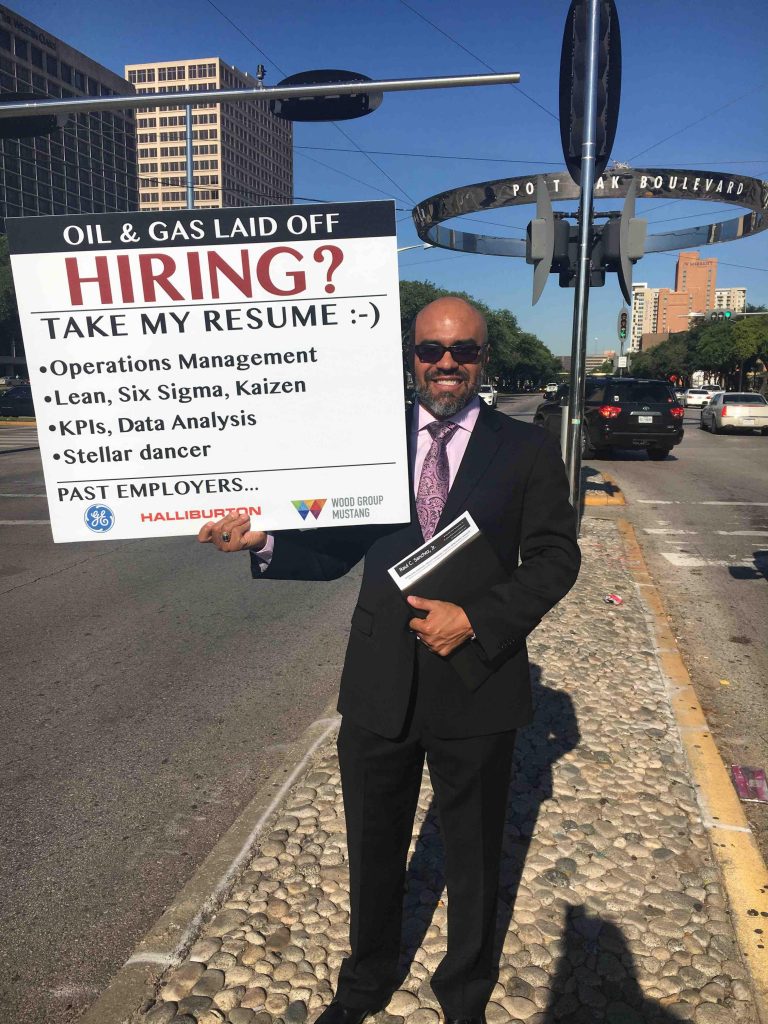
J. Paul Getty established his first successful oil well in Oklahoma in 1916. He later made one of the industry’s biggest gambles, investing millions in an unknown strip of land in Saudi Arabia – a gamble which paid off in 1953 at a flowrate of 16 million barrels of oil a year.
He was a true American industrialist. An entrepreneur who amassed a $4billion fortune.
But his business reputation superseded his bank account. When his grandson J.Paul Getty III was kidnapped by Italian mobsters, Getty Senior successfully negotiated the ransom down from $17millon to $2.2million – the maximum amount his accountants said would be tax deductible.
His 16-year-old grandson lost an ear, but the government didn’t get a single penny more than it deserved.
When asked what his formula for success was, he said: “Rise early, work hard, strike oil.”
If only it was that easy. Anyone who attended this year’s OTC could only wish for a to-do list that short.
Despite the depressed marketplace, this year’s annual event wasn’t without its own learnings.
1. The Supply Chain is Sick of the Squeeze
68,000 people attended OTC –a 30% dip on last year’s 95,000. It took me two minutes to buy my lunch on the show floor. Last year, I would have had 45 minutes to mull over my decision.
But despite the falling footfall, firms had plenty to talk about. Unlike previous shows where technology reigned content supreme, the supply chain was incredibly vocal about its frustrations.
Expro and Wood Group both conceited they were being squeezed harder than ever before. At Energy Voice’s OTC breakfast, Wood Group PSN’s managing director for the UK and Africa said: “We’re being squeezed as hard as we ever have and we’re starting to squeal.”
A leader of a hydraulic engineering firm, which has bases in Houston and Aberdeen, said the industry was dangerously close to breaking the camel’s back – the supply chain’s resolve to withstand cut after cut.
Professor Paul de Leeuw later told me: “Anyone can write a letter asking you to cut 25% off your costs. That’s the easy part.” The challenge is for big players to find a way to create real change without always leaning on quick and dirty rate hits, according to de Leeuw.
Even the guys who are managing to grow don’t feel like they’re out of the woods yet. For Enerquip’s managing director securing finance and landing contracts are still easier than his nightly battle.
Dave Clark told me: “The most challenging thing is sleeping at night.
“When I was in sales my goal was to make my wage for the day and as long as I did that I was okay.
“I now have 20 people with families and mortgages, and that’s a big burden to have on your shoulders.”
And why should he feel any different when 66% of our survey respondents said they expected more cuts to come this year?
2. Blurring the Lines of Diversification
The companies doing well are the ones who focused on diversifying their portfolio when everyone else was busy ordering branded everything for Every. Single. Project.
JDR saved jobs by transferring engineers from their upstream division to its renewables arm. Elsewhere, Permasense recorded 35% growth last year thanks to its ET210 integrity monitoring system being applied seamlessly to both the struggling upstream and healthy downstream industries. And they’re not alone. 65% of our respondents said they were targeting diversification with renewables and downstream taking up the top two spots.
And then there was DNV, who showed us all that the lines of diversification are starting to blur, when it revealed it had nabbed a green light for its wind-powered oil recovery scheme.
3. It’s a Brave Man who Calls Oil Price Bottom
In his first interview since being named Expro’s new chief, Mike Jardon told me: “I think it would be a brave soul who would call bottom right now.”
“We’re past the worst,” he said. It’s not the first time the oil mogul has stuck his neck on the line.
“Certainly I have more confidence that into 2017 and 2018 we’ll see the oil price back at $55, $60, $65 and that’s a big, big difference from $30, and a big difference from $40,” he said.
“I think it will begin to get heads up again. I think there will be plans pulled out to look again at some of the new field developments.”
BP’s chief executive of upstream Bernard Looney echoed the industry veteran’s sentiment when he addressed OTC’s opening session.
“Let me be clear,” he said.
“At BP, we don’t think that it is lower forever.”
It may take a brave man to stand-up and call bottom. But if that convinces just a handful of entrepreneurs that they still have a chance to wake up early, work hard and strike oil then I think that’s the shot of courage the sector needs.
And then with any luck, at an OTC not too far in the future we’ll be back jostling it out in the lunch line once again.
Recommended for you
